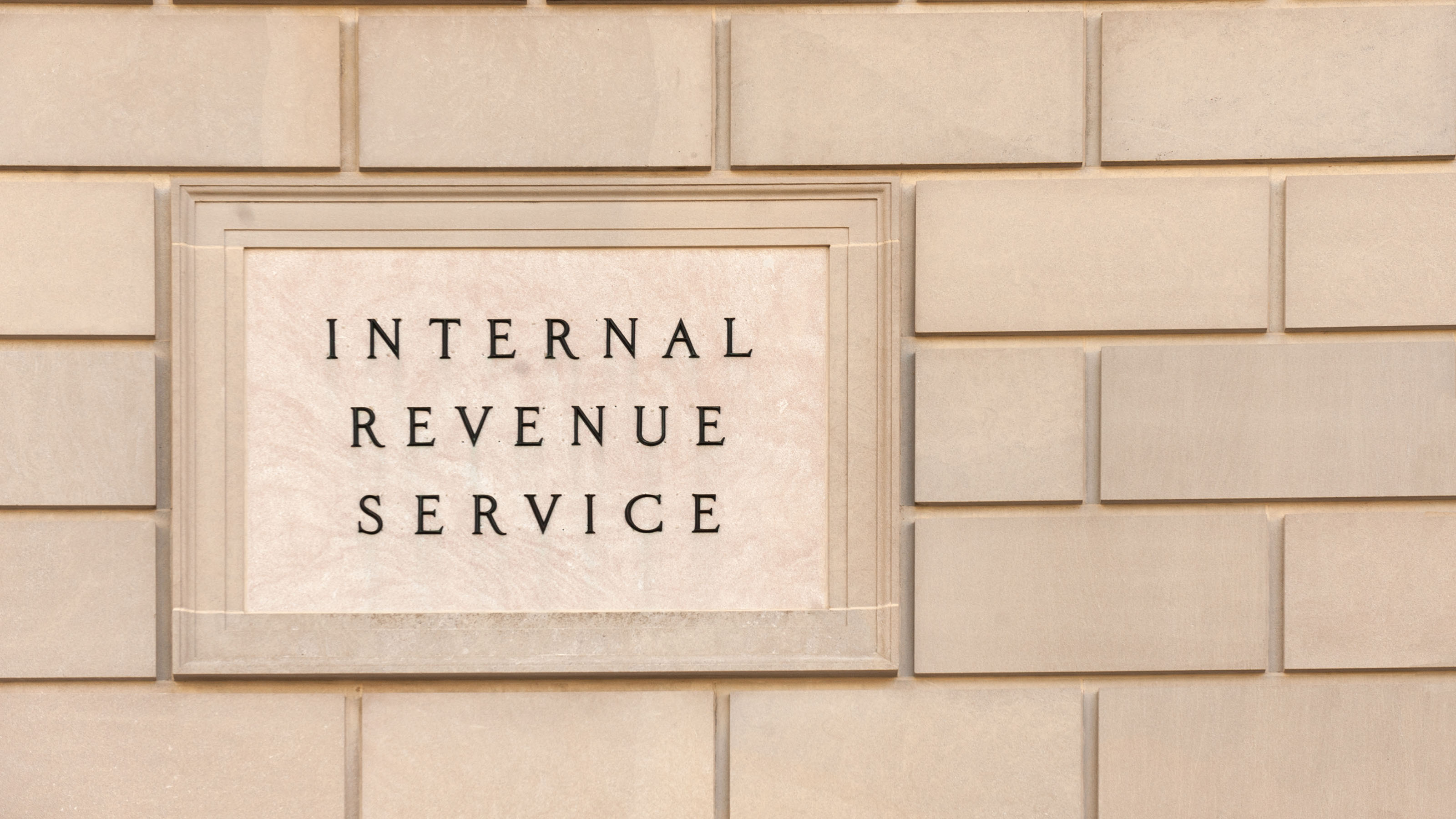Tax-Advantaged Accounts for the Self-Employed
These tax-advantaged accounts will help you build a nest egg.


Figuring out the most effective way to save for retirement can be confusing for anyone, but for the self-employed, the challenge is often amplified. Without the options that traditional employers provide, freelancers, consultants and other solo entrepreneurs must carve their own path.
For most, the choice boils down to two types of tax-advantaged accounts: the solo 401(k) and the Simplified Employee Pension (SEP) IRA. Here’s the rundown on both plans, including advice on how to decide which is the best fit for you.
Solo 401(k) tax-advantaged accounts
Often referred to as a solo-k or individual 401(k) plan, the solo 401(k) is tailored specifically for businesses in which the only employee is the owner (and possibly their spouse). The solo 401(k) has a dual contribution structure.
From just $107.88 $24.99 for Kiplinger Personal Finance
Become a smarter, better informed investor. Subscribe from just $107.88 $24.99, plus get up to 4 Special Issues

Sign up for Kiplinger’s Free Newsletters
Profit and prosper with the best of expert advice on investing, taxes, retirement, personal finance and more - straight to your e-mail.
Profit and prosper with the best of expert advice - straight to your e-mail.
- As an employee, you can make elective deferrals up to the standard 401(k) limit, which is $23,000 in 2024, with catch-up contributions of up to $7,500 allowed for those 50 and older.
- As an employer, you can also contribute up to 25% of your compensation. The combined total cannot exceed $76,500.
While traditional solo 401(k) contributions are tax-deferred, some providers offer a Roth option. Contributions to a Roth solo 401(k) are after-tax, but the money will grow tax-free, and contributions and earnings can be withdrawn tax-free as long as you’re 591⁄2 and have owned the plan for at least five years.
Another distinctive feature of the solo 401(k) is the ability to borrow from your account. Although this can slow the growth of your retirement savings, it provides a source of funds in an emergency or cash-flow crisis.
SEP IRA plan for the self-employed
The SEP IRA allows business owners to set up individual retirement accounts for themselves and, if they have them, their employees. For 2024, if you’re self-employed you can contribute the lesser of 20% of your net income or $69,000 to a SEP IRA. Unlike a solo 401(k), a SEP offers no option for elective deferrals or catch-up contributions. SEP IRAs generally have fewer administrative requirements than solo 401(k) plans, which may make them attractive for workers looking for a streamlined way to save. However, you can’t borrow from a SEP IRA, so your only choice to raise cash in an emergency would be taking a taxable distribution from your plan.
Legislation enacted late last year allows SEP providers to offer a Roth option, but it may be a while before providers make the administrative changes necessary to offer a Roth SEP IRA.
401(k) or SEP IRA: Which is better?
If you’re looking to maximize your contributions, the solo 401(k)’s dual contribution structure provides the most effective way to save. Likewise, if you’re keen on post-tax retirement savings, the Roth feature of some solo 401(k) plans could be a game-changer, allowing for tax-free withdrawals in retirement.
If you prioritize simplicity and want to minimize paperwork, the SEP IRA has an edge. It’s straightforward to set up and maintain. And if you anticipate hiring employees other than your spouse, a SEP IRA is probably the better choice, although keep in mind that you’ll be required to contribute an equal percentage of salary for all eligible employees.
A certified financial planner who has experience working with business owners can help you choose a plan that aligns with your long-term goals. Search for a planner at www.financialplanningassociation.org/about/for-consumers.
Note: This item first appeared in Kiplinger's Personal Finance Magazine, a monthly, trustworthy source of advice and guidance. Subscribe to help you make more money and keep more of the money you make here.
Related Content
Profit and prosper with the best of Kiplinger's advice on investing, taxes, retirement, personal finance and much more. Delivered daily. Enter your email in the box and click Sign Me Up.

Ashlyn Brooks is a financial writer and former civil engineer. She's on a mission to show others how to save and spend smarter through purposeful money habits. Her work has been featured on Investopedia, Bankrate and Yahoo Finance.
-
 IRS Says You Made a Tax Return Mistake? A New Law Could Help You Fight Back
IRS Says You Made a Tax Return Mistake? A New Law Could Help You Fight BackTax Law Updated taxpayer protections change what the IRS must explain on error notices and how long you have to respond.
-
 What to expect from the global economy in 2026
What to expect from the global economy in 2026The Kiplinger Letter Economic growth across the globe will be highly uneven, with some major economies accelerating while others hit the brakes.
-
 What You Need to Do With Your 401(k) Before 2025 Is Over
What You Need to Do With Your 401(k) Before 2025 Is OverBefore 2025 ends, check your 401(k) contributions, investments, and catch-up eligibility to lock in this year’s tax savings and employer match.
-
 3 Ways to Stretch the 2026 Social Security COLA For Your Budget
3 Ways to Stretch the 2026 Social Security COLA For Your BudgetThree steps retirees can take to stretch the Social Security COLA to fit their budgets.
-
 Pickleball Injuries are Getting Out of Hand for Some Adults
Pickleball Injuries are Getting Out of Hand for Some AdultsAs more older adults take up pickleball, injuries are on the rise. Here's how you can lower your risk and still have a ball.
-
 Are You Prepared to Live Longer? MIT AgeLab Answers Questions
Are You Prepared to Live Longer? MIT AgeLab Answers QuestionsA new measure of longevity readiness indicates that for many Americans, the answer is no — and suggests what is needed to get on track.
-
 Government Research Cuts Hit Older Adults
Government Research Cuts Hit Older AdultsThe Trump administration has slashed funding for medical research, delaying some treatments and cures for health conditions affecting retirees.
-
 4 Strategies for Older Adults to Cut Property Taxes
4 Strategies for Older Adults to Cut Property TaxesBefore you settle your next property tax bill, make sure you're taking full advantage of these tax breaks for older homeowners across the US.
-
 A Guide to Starting a Successful Business After 50
A Guide to Starting a Successful Business After 50Age can be an advantage for older entrepreneurs looking to extend their careers or supplement their income in retirement.
-
 10 Things You Should Know About Buying a Car Today, Even if You've Bought Before
10 Things You Should Know About Buying a Car Today, Even if You've Bought BeforeIf buying a car is on your to-do list, and it's been a while since you went shopping for a new one, this guide will help avoid any nasty shocks in the showroom.
-
 When Helping Mom and Dad Hurts Your Wallet
When Helping Mom and Dad Hurts Your WalletNew research shows how assisting an aging parent with expenses can strain your own finances.